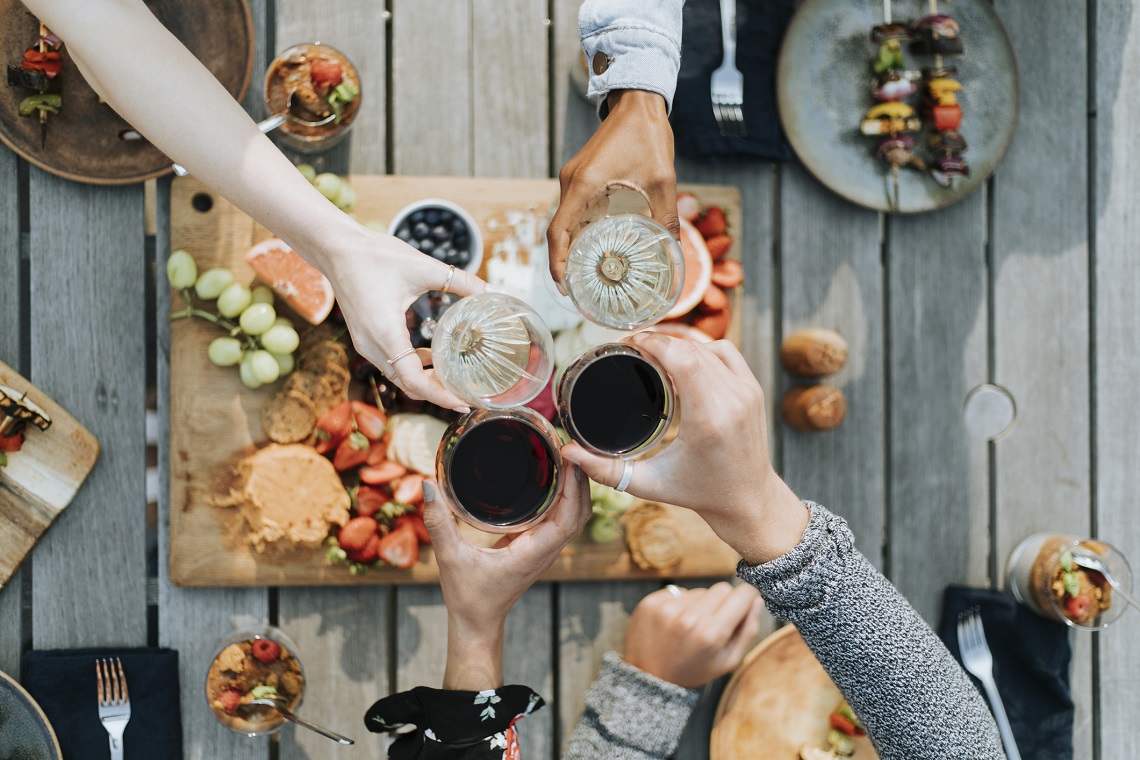COVID-19 lockdowns, less travel and tourism and weaker consumer confidence all contributed to a drop in global wine consumption, with market analysts IWSR estimating 9.7 per cent volume and 9.5 per cent value declines for the market in 2020.
The company is predicting that, while the category’s recovery will be fragmented consumption will bounce back in 2021. Globally, still wine volume is forecast to remain short of pre-COVID levels by 2024, while sparkling wine is predicted to experience good health throughout the recovery, with parity likely to be restored by 2023.
So with the COVID-19 pandemic still shaping global trends, activities and movements, what are the wine trends that will shape the global wine market in 2021?
According to IWSR there are four keys: Ecommerce and digital engagement; New formats; Broader range of occasions; Health and sustainability.
IWSR has outlined its thoughts on each of these in more detail.
Ecommerce and digital engagement
Covid-19 has spurred an exponential increase in alcohol ecommerce and digital engagement – and the high level of investment and recruitment into the space over the past year means its success will not be restricted to the short term.
With its ability to allow consumers to compare, review, and discover, ecommerce is particularly well suited to the wine segment, which is fragmented by nature. As such, the category heavily over indexes online; wine has a 14% value share of the total drinks market vs. a 40% share online.
“Wine is exceptionally well placed to take advantage of the burgeoning move towards online purchases. Having relaxed its online buying and shipping laws for alcohol during the pandemic, the US is set to drive wine’s ecommerce growth, as will Brazil, China, the UK and Australia,” says Daniel Mettyear, research director for wine at IWSR.
New formats
Changes in shopping and drinking patterns during the pandemic have led to a shift towards large packaging formats, such as bag-in-a-box, and small packaging formats, such as cans. Canned wine in particular has been moving towards broader consumer acceptance for some time, and this trend has been hastened by the pandemic.
Bag-in-box wine sales are booming in the US, UK and Japan, while canned wine is performing well in the US, UK and Australia – which are, not coincidentally, strong RTD markets as well. While the expansion of the bag-in-box format is largely seen as a temporary trend driven by lockdown shopping habits and consumers’ desire to stock up, canned wine has longer term appeal.
The format has been a vehicle for recruitment, bringing younger consumers into the space – something brands can capitalise on in the year ahead. In particular, these millennial LDA drinkers are drawn to canned wine’s convenience, versatility, environmental credentials, portion control, and fresh marketing approach.
Broader range of occasions
In many markets, consumption of wine has transitioned well from the on- to off-trade during the pandemic, in large part thanks to the category’s inherent attributes.
“Although wine suffered heavily from the economic and on-trade downturn, the low-tempo nature of lockdown, more time for meal preparation, digital meet-ups and a propensity to treat oneself more often sparked a rediscovery of the category,” says Mettyear.
This sense of rediscovery has opened wine up to new at-home occasions, a trend that looks set to remain in the year ahead. Beyond Covid, a broader set of trends has been exposing wine to new occasions over a number of years.
Sparkling wine, and Prosecco in particular, has spearheaded the diversification of wine’s consumption occasions. The category has steadily moved away from its one-dimensional image as a special celebratory drink to align with more regular occasions, such as the aperitivo hour.
With its glamorous lifestyle associations and refreshing taste profile, the booming rosé category works across a number of social situations. More generally, lighter style wines are attracting new consumers with their accessibility and versatility.
Health and sustainability
As a result of the pandemic, the importance of sustainability has been reinforced in the minds of consumers. In tandem with increasing the focus on environmental concerns, the pandemic has amplified the trend towards health and wellness. Together, these issues have acted as major drivers of the organic, biodynamic, and low-intervention wine movement.
“With the pandemic highlighting the fragility and vulnerability of our place within the natural world, the focus on ingredients, authenticity, proximity, wellness, and taking care of yourself, society and the planet, are all climbing fast,” says Mettyear.
Now more than ever, alignment with environmental and social issues is badge of honour for brands, particularly in the minds of younger LDA millennials and Gen Z. The industry is gradually catching up with consumer need, creating the necessary certifications to instil trust in such products.
Throughout the pandemic, no- and low-alcohol products have performed strongly, and there is an untapped opportunity for wine to participate in the movement to a greater extent in the future. No- and low- alcohol wines currently represent a tiny fraction of global still and sparkling wine consumption – however, they are experiencing double-digit growth rates globally.
Flavour, awareness and acceptance currently hold the no/low category back, but brands are increasingly investing in dealcoholisation processes and campaigns to increase consumer awareness.

